The 'genius' of singer who was ahead of her time - then disappeared
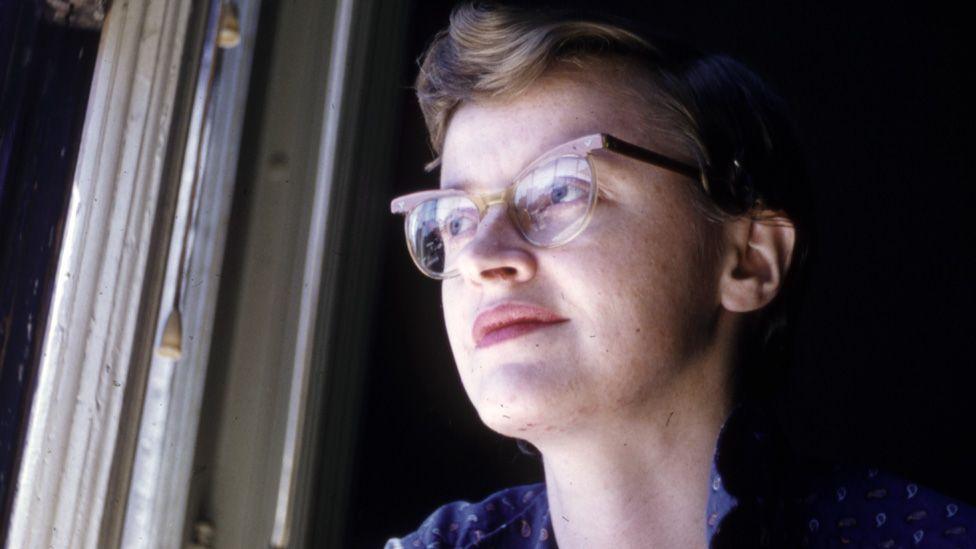
Connie Converse disappeared in 1974, a week after her 50th birthday
- Published
Connie Converse failed to find fame as a singer-songwriter in the 1950s, then mysteriously disappeared without a trace. On the 100th anniversary of her birth - and approaching the 50th anniversary of her disappearance - she's now remembered as a great lost talent.
In January 1961, an unknown Bob Dylan arrived in Greenwich Village with a guitar in his hand and $12 in his pocket, on his way to revolutionising popular music with his poetic, personal songs.
Maybe he brushed past Connie Converse as she went the other way. She moved out of the New York neighbourhood that same month, after a decade of struggling to get significant attention for her own intimate, sophisticated and beautiful songs.
There is a parallel universe where Converse was the one who got the big break, and she is a household name.
At least, that’s the theory put forward in a recent book called How To Become Famous – not a manual, but about why some talented people become successful and others stay in the shadows.
It imagines a world where Converse is "widely known" as "the most original, and perhaps the greatest, of the folk singers of the 1950s and 1960s", who influenced everyone from Dylan to Taylor Swift, and for whom "a Nobel Prize is not out of the question".
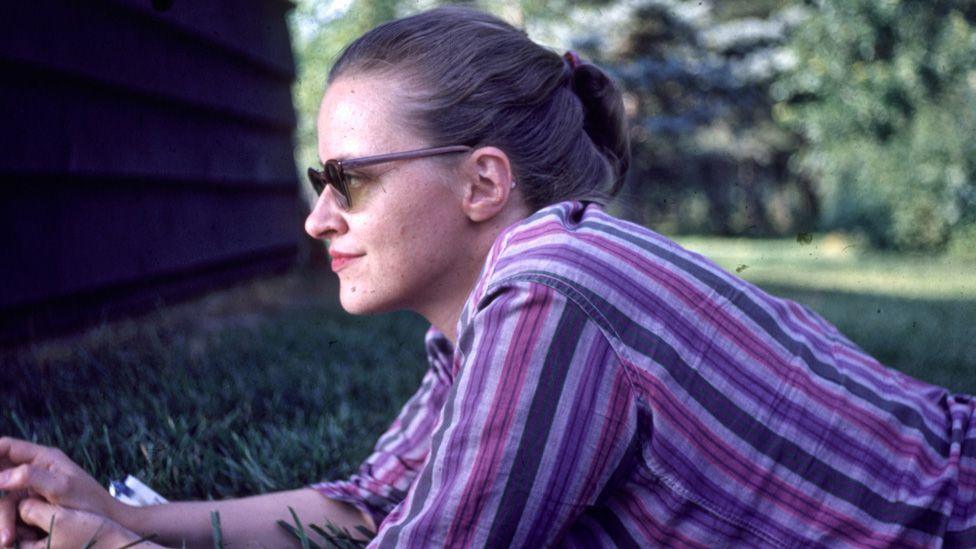
Converse's music got its first commercial release in 2009
Musician and author Howard Fishman, who published Converse’s biography, To Anyone Who Ever Asks, last year, also thinks Converse could have made it big.
"I love to think about an alternate reality in which Connie Converse’s music did receive the recognition it deserved in its own time, and she became a recognised for the musical genius that she was," he says.
"I almost think a better version of American cultural history could have happened, had that been the case."
But How To Become Famous author Cass Sunstein concedes that Converse wasn't better than Dylan. She also faced barriers because she was a woman. And perhaps her clever, melodic and mostly melancholic songs just never quite had mass appeal.
They dealt with subjects like loneliness, promiscuity, quarrelling lovers, and frequenting saloons in the afternoons. It's certainly hard to imagine them really catching on in the early 50s, an age dominated by schmaltzy crooners, folk purists and show tunes.
"She didn't sound like anybody else that was making music in her own day," says Fishman. "And she doesn't sound like anybody else making music now, to my ears."
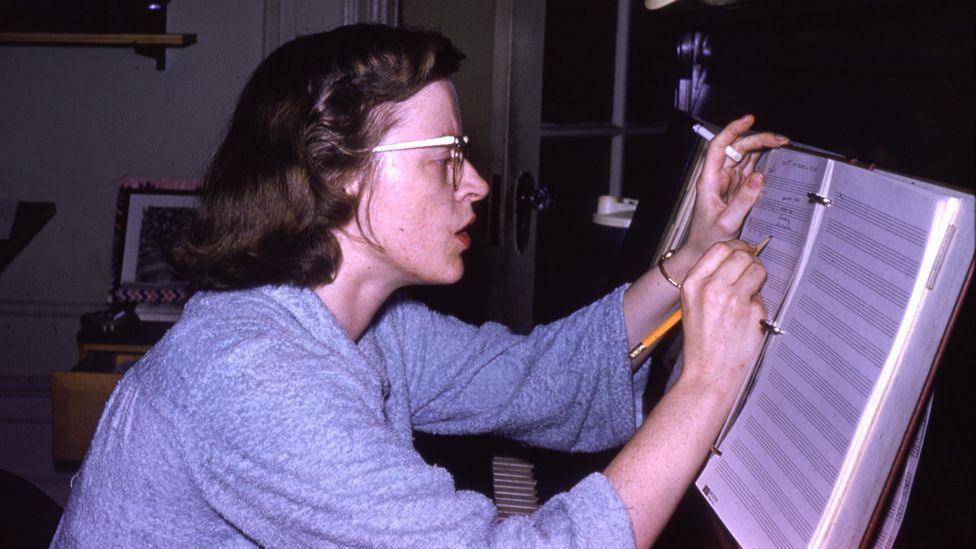
British singer Vashti Bunyan became a Connie Converse convert after a recommendation from US DJ David Garland, the first person to play her songs in 2004.
"I couldn't believe that they were [recorded] so long ago, it was the 1950s," Bunyan says. "And just to hear her speaking in a way that I would have always wanted to speak was very moving.
"She was completely ahead of her time, and it must have been very hard for her. She must have felt isolated.
"If she had any ambition for her songs, she must have known how good they were, how clever and funny and wonderful they were, and poetic. But other people didn't seem to recognise that kind of genius writing at the time."
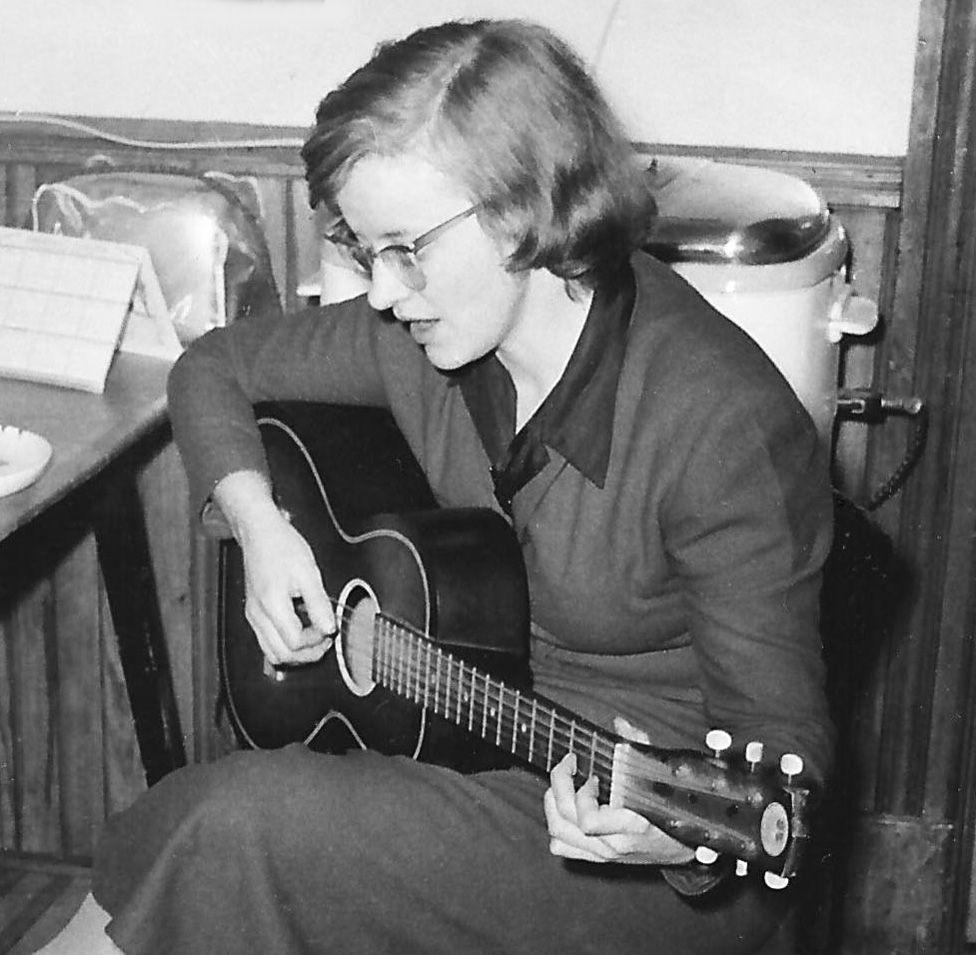
Home-made recordings have been used for Converse's belated releases
Bunyan knows what it's like to have her music "rediscovered" decades later. She released an album in 1970, which has gained cult status in more recent years. She says their stories are very different, but agrees there is an allure to the idea of "the discovery of something from so long ago".
"And how lucky that she was recorded," she says. "Connie was recorded by her friends, and none of those recordings were supposed to be commercially released.
"But it's so wonderful that they have been, that they have been found. And it makes you wonder about all the other people that weren't."
Converse was recorded at the home of one of her friends and champions, Gene Deitch, but she never released any music in her time. She performed for small groups of supporters, but never played a proper concert. She made one TV appearance, but that led nowhere.
Ellen Stekert, a folk historian who was also performing in the 1950s, believes Converse was just "too different" to have "made it".
"I think she was wonderful. I think she was totally out of sequence of any kind of cultural impulse," she says.
"She was self-contained, and also self-isolated. It was too bad somebody could not break through that."
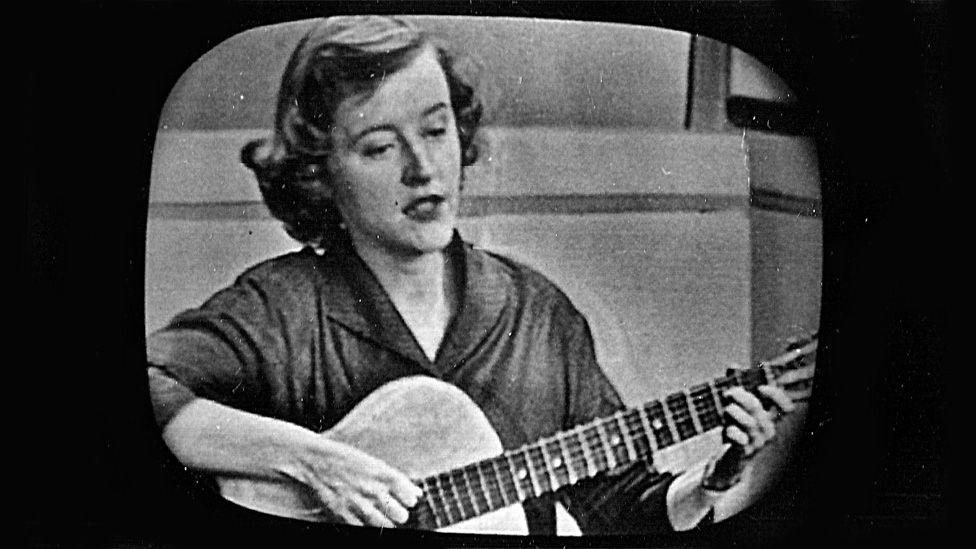
Converse appeared on the CBS Morning Show in 1954, but it wasn't the big break she hoped for
Converse did have her supporters, but any female singer at that time needed to be backed by a man with the right connections, Stekert says. And Converse was socially awkward, and not good at self-promotion.
"Unfortunately, she didn't have much social understanding of things. She did not have a very good rapport, I think, with people.
"Evidently, she had very bad teeth and her body odour also was fairly prominent. And those are two factors in middle-class America that will make sure you don't make it any place."
Converse worked for a printing company and then for the Institute of Pacific Relations. After leaving New York in 1961, she became editor of the Journal for Conflict Resolution in Michigan, and her intellectual activities, and peace and anti-racism activism, were highly regarded.
But then, her life seemed to lose purpose and direction. On 10 August 1974, a week after her 50th birthday, she posted letters to family and friends, telling some she was returning to New York.
She drove out of Ann Arbor and has not been heard from since. Neither her body nor her car was found.
A new life?
"As far as we know, she never made it to New York," Fishman says. "As far as we know, she never made it anywhere.
"I'd love to think that she started a new life somewhere else, and that she lived more years. But who knows?"
On Saturday 3 August, exactly 100 years after Converse’s birth, Fishman is in her home town - Concord, New Hampshire - for a ceremony to give the singer her first official recognition.
Her music has gradually spread over the past 20 years. So, too, has her story, and the mystery of her disappearance is often the first thing that gets people's attention.
"The unfortunate and darkly poetic thing is that she needed to disappear in order for us to see her," Fishman says. "That was the hook that was needed for us to pay attention to her.
"But what I always say is, don't focus on how she disappeared, focus on how she lived, because her life is so much more fascinating and meaningful, and has so much more to teach us than the fact that at age 50, she felt that she had to vanish."
Related topics
- Published1 October 2014